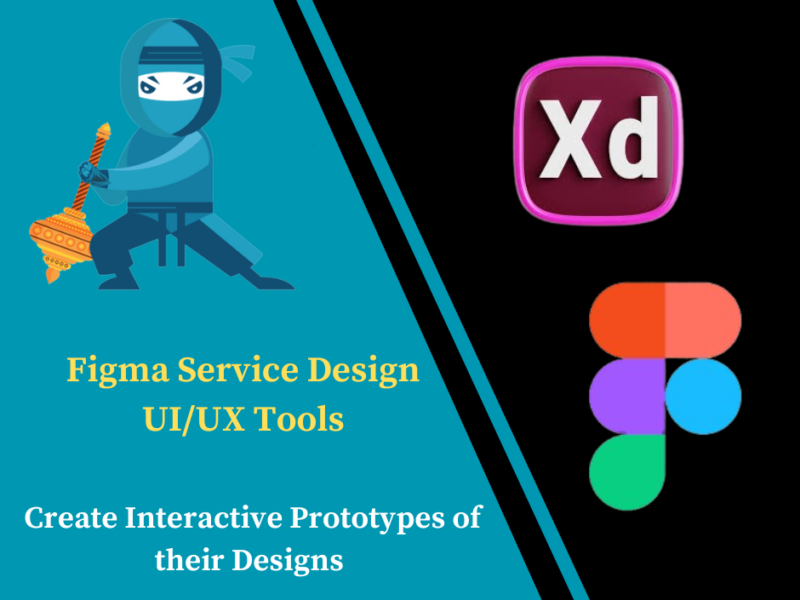
Days
Hours
Minutes
Seconds
Your Deal is Expired
|
|

Edit Content

As a leading online marketing company, always focuses on changing and improving businesses and their outcome.
Where to find us
- SN-3, First floor, ratauli road, near Town park, Bank Colony
- herry@hanuitsolutions.com
- +917082069620
Working Hours
- Mon-Sat : 9:00am - 6:00pm
- Sunday - Closed
Get In Touch
Facebook-square
Instagram
Linkedin
Tag: Accessibility

Modern Web Design Strategies for Banks and Financial Advisors
The financial sector has always relied...

New Trends in Web Design in 2024
The world of Web Design is constantly evolving, with new trends emerging...
No posts found

